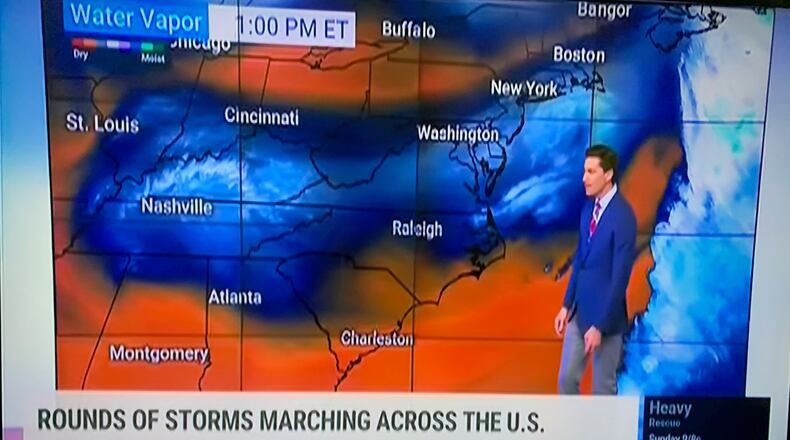Atlanta-based The Weather Channel has banned the use of the term “Dixie Alley” effective immediately.
The phrase has been a colloquialism to describe a Southern portion of the country where tornadoes are more common, but the word “Dixie” has lost popularity in recent years because it defines the Confederacy states. Female trio The Dixie Chicks, for instance, last year dropped “Dixie” and is now known as The Chicks.
Byron Allen, CEO of The Weather Channel, said in a press release that “I call others in the industry to do the same. We all must work harder to become one America.”
According to WorldAtlas.com, “Dixie Alley” is generally used to represent a tornado-prone part of the South and is distinct from the more commonly used term “Tornado Alley,” which covers Kansas, Oklahoma and parts of Nebraska.
Geographically, “Dixie Alley” spans the lower Mississippi Valley from eastern Texas and Arkansas across Louisiana, Mississippi, Tennessee, Alabama, Georgia, to upstate South Carolina and western North Carolina.
Both terms are outdated, some experts say.
“To be honest, I hate the term ‘Tornado Alley,’” Steven Strader, an atmospheric scientist at Villanova University specializing in severe weather risk mitigation, told The Washington Post last year. He said he also hates the term “Dixie Alley.”
“What people need to understand is that if you live east of the continental divide, tornadoes can affect you,” said Strader.
P. Grady Dixon, a physical geographer at Fort Hays State University in Kansas, conducted a study showing the area most prone to tornado action is in Mississippi, not Oklahoma or Kansas.
“The term ‘alley’ is restrictive, suggests something that is spatially long and narrow so to speak,” Grady told the Post. “We have a tornado region that’s essentially the eastern 40% of the continental U.S.”
About the Author
Keep Reading
The Latest
Featured



